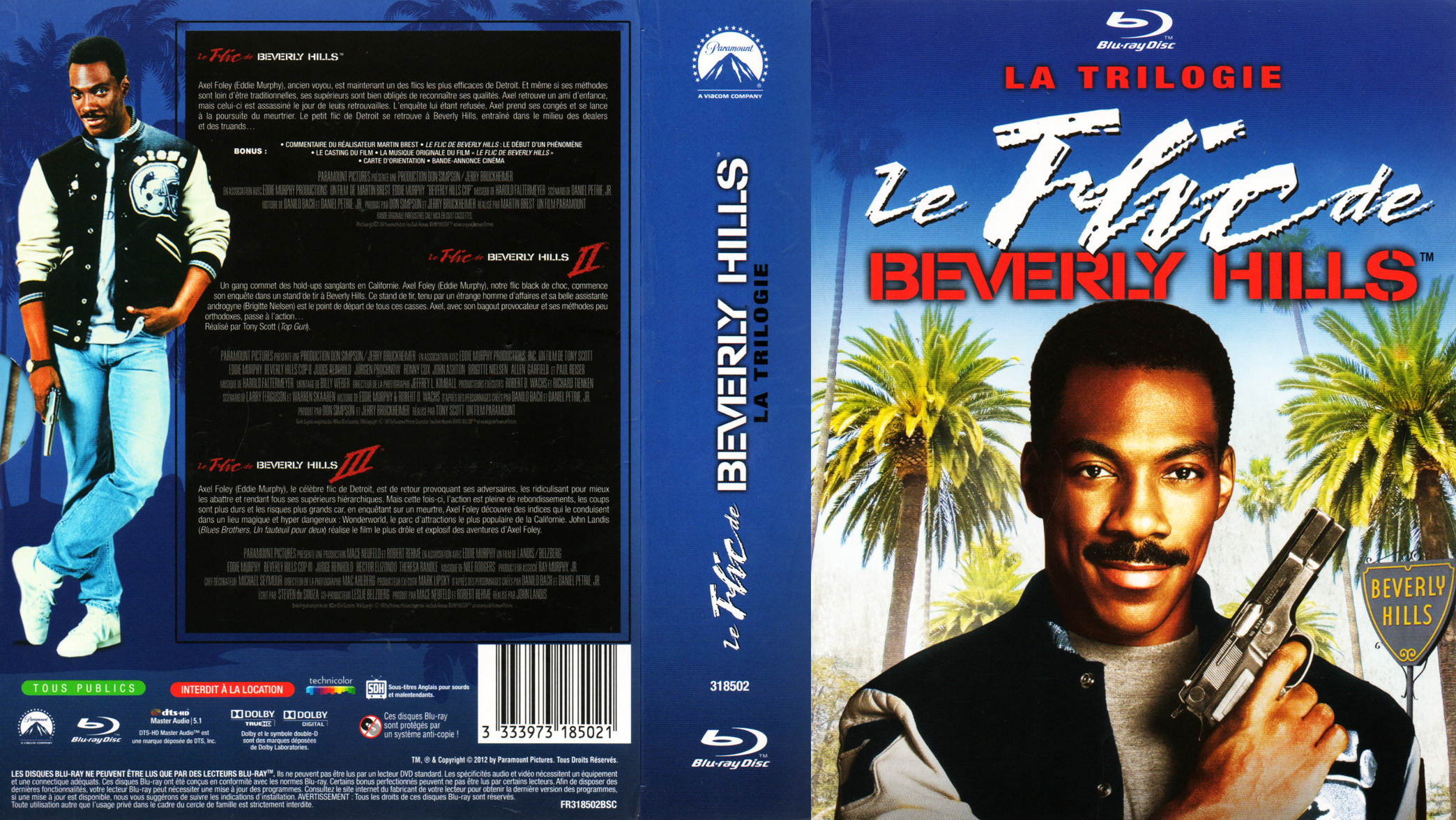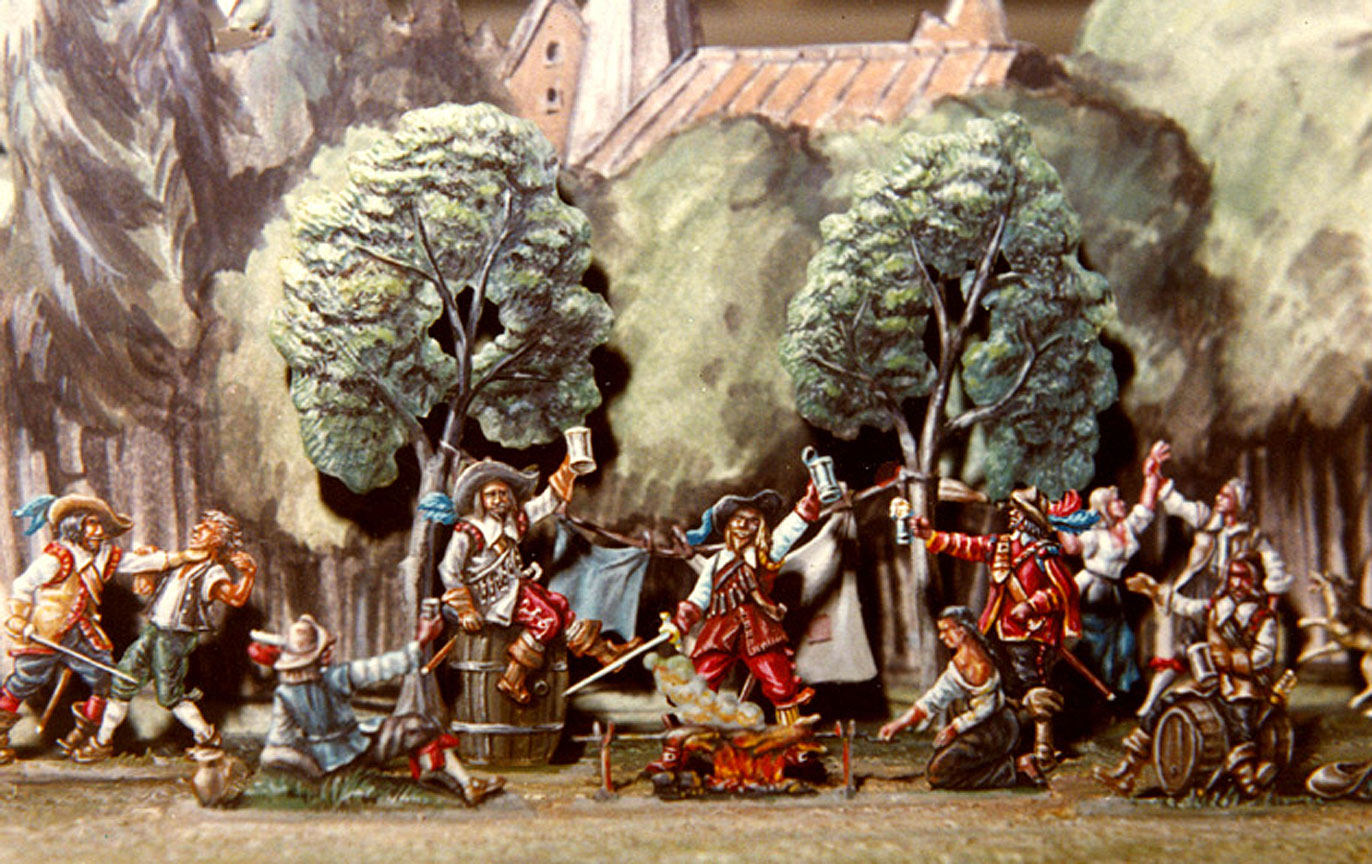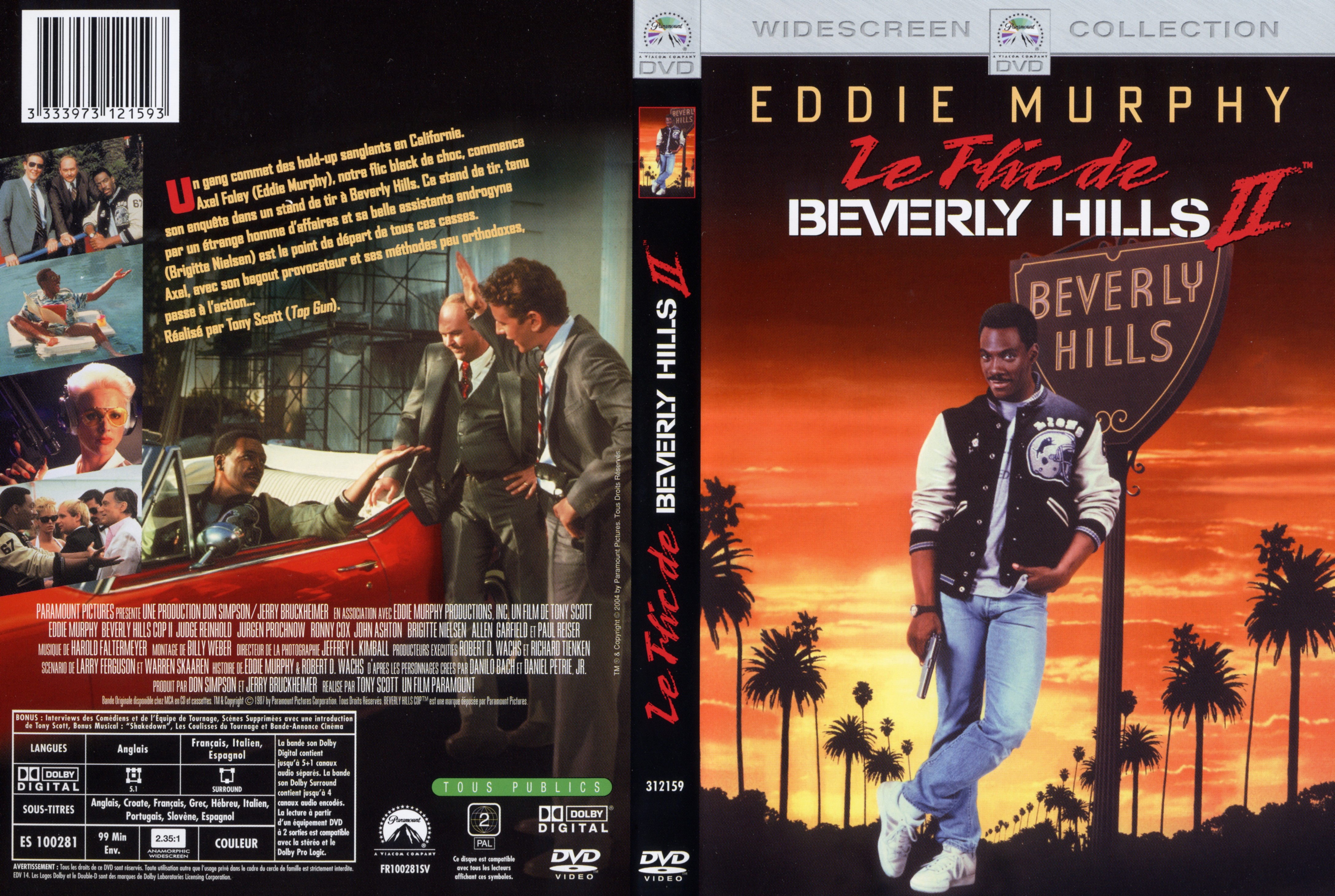The Treaty of Westphalia consisted of more than one document. One agreement was signed in Osnabrck between Emperor Ferdinand III and Sweden, another in Mnster between the emperor and France. As news of the treaty spread, celebrations got under way. The Federal Republic of Germany, also called Germany (German: Bundesrepublik Deutschland or just Deutschland), is a country in Central Europe. The country's full name is sometimes shortened to the FRG (or the BRD, in German). This entry about Treaty of Westphalia has been published under the terms of the Creative Commons Attribution 3. 0) licence, which permits unrestricted use and reproduction, provided the author or authors of the Treaty of Westphalia entry and the Encyclopedia of Law are in each case credited as the source of the Treaty of Westphalia entry. WESTPHALIA, in the 1797 Britannica, is either a duchy in Germany at Halle university, writes as a teacher. His 1782 Manual of the history of the German Thirty Years War and of the Peace of Westphalia is exactly what What about the settlement? under the name Treaty of Westphalia, is discussed in the. The Peace of Westphalia (German: Westflischer Friede) was a series of peace treaties signed between May and October 1648 in the Westphalian cities of Osnabrck and Mnster, effectively ending the European wars of religion. The Nexus is a compilation of the independent writers from freelance journalists and independent scholars to hobbyists, travelers, and medical professionals who. 30 Years War Timeline created by KalaiMarko. Sep 25, 1555 The Peace of Westphalia It also left Hapsburg Spain isolated. Treaty of Pyrenees Encyclopedia BritannicaIt waa a peace treaty between Louis XIV of France and Philip IV of Spain which ended the FrancoSpanish war. It was signed on Pheasant Island. These are the sources and citations used to research Peace of westphalia. This bibliography was generated on Cite This For Me on Sunday, December 24, 2017 It was on this date, October 24, 1648, that the Holy Roman Emperor, the French, the Spanish, the Dutch, the Swiss, the Swedes, the Portuguese and representatives of the Pope signed the Treaty of Westphalia, calling for a Christian and Universal Peace, thus ending the Thirty Years War. Activate your norisk 7 Day Trial today! Start your 7 day trial now and get access to all Britannica Online Premium has to offer. After the trial period, continue your membership for only 19 cents per day. The Peace Hall, located in the old city hall, is famous for the signing of the historic Treaty of Mnster, a document which, as a part of the Peace of Westphalia, ended the Thirty Years War and established the Westphalian style of diplomacy between sovereign states. English: Map of the Holy Roman Empire in 1648, after the Peace of Westphalia which ended the Thirty Years' War. Deutsch: Karte des Heiligen Rmischen Reiches 1648, nach dem Westflischer Friede, der den Dreiigjhriger Krieg beendete. 17th century Europe with the Peace of Westphalia (1648), and the apparent decline of traditional religious authority in the Western world, led to the creation of a new. The Fronde was at an end by 1653; the peace of Westphalia (1648) and the peace of the Pyrenees (1659) marked the success of the arms and of the diplomacy of France. was now twentyone years of age and was anxious to rule as well as to reign. English Wikipedia The Free Encyclopedia The Peace of Westphalia (German: Westflischer Friede ) was a series of peace treaties signed between May and October 1648 in the Westphalian cities of Osnabrck and Mnster. North Atlantic Treaty Organization NATO (net) or Nato n acronym for (Government, Politics Diplomacy) North Atlantic Treaty Organization, an international organization composed of the US, Canada, Britain, and a number of European countries: established by the North Atlantic Treaty (1949) for purposes of collective. imported from Wikimedia project. enwikisource 1911 Encyclopdia Treaty of; Wikiversity (0 entries) edit. Sovereignty, though its meanings have varied across history, also has a core meaning, supreme authority within a territory. It is a modern notion of political authority. Historical variants can be understood along three dimensions the holder of sovereignty, the absoluteness of sovereignty, and the internal and external dimensions of sovereignty. Peace of Westphalia: Peace of Westphalia, European settlements of 1648, which brought to an end the Eighty Years War between Spain and the Dutch and the German phase of the Thirty Years War. The peace was negotiated, from 1644, in the Westphalian towns of Mnster and Osnabrck. The SpanishDutch treaty was signed on Peace is a stressfree state of security and calmness that comes when theres no fighting or war, everything coexisting in perfect harmony and freedom. The Peace of Westphalia (German: Westflischer Friede) was a series of peace treaties signed between May and October 1648 in the Westphalian cities of Osnabrck and Mnster, effectively ending the European wars of religion. Westphalia in 1648, the map of Europe had been irrevocably changed. com The Thirty Years' War had complex and diverse origins but religion was perhaps the most important, and religious motivation was an integral part of the political, economic, and dynastic policies that formed and reshaped This entry about Treaty of Westphalia 13 has been published under the terms of the Creative Commons Attribution 3. 0) licence, which permits unrestricted use and reproduction, provided the author or authors of the Treaty of Westphalia 13 entry and the Encyclopedia of Law are in each case credited as the source of the Treaty of. The Peace of Westphalia (German: Westflischer Friede) was a series of peace treaties signed between May and October 1648 in the Westphalian cities of Osnabrck and. Few other categories or areas of study offer as rich or as diverse a range of topics as history. Starting with ancient Greece and their rise, our content follows the empires that followed their dominance. What Was the Treaty of Westphalia? Warfare and Armed Conflicts: A Statistical Encyclopedia of Casualty and Other Figures, . Wikisource has the text of a 1911 Encyclopdia Britannica article about Peace of Westphalia. Entry for 'HesseCassel' 1911 Encyclopedia Britannica One of 8 Bible encyclopedias freely available, this resource contained over 40 million words in nearly 40, 000 articles written by 1, 500 respected authors The Peace of Westphalia ended with the signing of two treaties between the empire and the new great powers, Sweden and France, and settled the conflicts inside the empire with their guarantees. A new electorate was established for the exiled son of the revolts leader, the elector Palatine. The Peace of Utrecht is a series of individual peace treaties, rather than a single document, signed by the belligerents in the War of the Spanish Succession, in the Dutch city of Utrecht between April 1713 and February 1715. The treaty of Westphalia ended the 80 years war and the thirty years war, . Bible Encyclopedias 1911 Encyclopedia Britannica. held it, together with part of Westphalia. but in 1795 peace was arranged by the treaty of Basel. Entry for 'Palatinate' 1911 Encyclopedia Britannica One of 8 Bible encyclopedias freely available, this resource contained over 40 million words in nearly 40, 000 articles written by 1, 500 respected authors Treaty of westphalia in English The Peace of Westphalia (German: Westflischer Friede ) was a series of peace treaties signed between May and October 1648. France tried keeping GERMANY DIVIDED. Led to slow unification of German states. Ended the HabsburgValois Wars giving Spain dominance over France in. A treaty is a contract between two or more states. The Latin term tractatus, and its derivatives, though of occasional occurrence in this sense from the 13th century onwards, only began to be commonly so employed, in lieu of the older technical terms conventio publica, or foedus, from the end of the 17th century. The Westphalia area of northwestern Germany gave its name to the treaty that ended the Thirty Years' War, one of the most destructive conflicts in the history of Europe. Europe, 1450 to 1789: Encyclopedia of the Early Modern World Langer, Herbert. Good on the social history of warfare. Standard account in English, in which a number of scholars. Britannica Encyclopedia: Peace of Westphalia [European history the European settlements of 1648, which brought to an end the Eighty Years' War between Spain and the Dutch and the German phase of the Thirty Years. Enjoy Britannica content, without the clutter of ads. A credit card is required to validate your free trial. You will not be charged during your free trial, and you can cancel at any time. The treaty gave Switzerland and Netherlands independence from Austria and Spain, respectively. Sweden gained some territorial and cash payment. Dreams of Roman Catholic Europe were destroyed forever, as Protestantism remained. Westphalia in 1648, the map of Europe had been irrevocably changed. History of Europe The Thirty Years War Britannica. com The Thirty Years War The crisis in Germany The war originated with dual crises at the continents centre: one in the. If Britannica terminates your subscription, other than as a result of your breach of this Agreement, Britannica will refund to you a pro rata portion of the subscription fee paid to Britannica, if any, for the unexpired portion of your subscription. Peace of WestphaliaTreaty of Westphalia This article shall examine the Peace of Westphalia, or the Treaty of Westphalia (that was agreed upon in 1648) within the context of international relations. Many have argued that the Peace of Westphalia (Treaty of Westphalia) is one of the most important events with regards to state sovereignty. The Treaty of Versailles The terms of the Treaty of Versailles were harsh and not for negotiation. Germany lost 13 per cent of her territory, which meant 12 per cent of Germans now lived in a foreign country, and Germanys colonial possessions were redistributed among the other colonial powers. Encyclopedia Britannica Princeton just a copy of part of the Wikipedia article from some earlier date. The Avalon Project the text of the treaty between France and the Empire, in an English translation, from Yale Law School..











